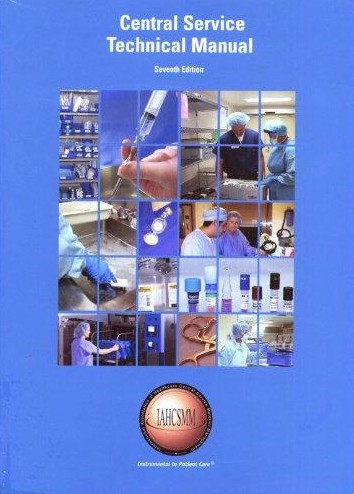Ozone
The "newest" low temperature sterilization process.
Ethylene Oxide
This method of low temperature sterilization has been in use since the 1960s.
Less than 1 hour
Cycle time for items sterilized using hydrogen peroxide gas plasma.
Bacillus atrophaeus
Bacterial spore used to test ethylene oxide sterilization cycles.
4 hours
Cycle time for items sterilized using ozone sterilization.
8 hours
140F aeration time recommended for items sterilized with ethylene oxide.
Geobacillus stearothermophilus
Bacterial spore used to test hydrogen peroxide gas sterilization cycles.
12+hours
Cycle time for items sterilized using ethylene oxide sterilization.
OSHA
Sets exposure standards for chemical sterilants.
FDA
Requires that sterilants be rigorously tested before being marketed.
True
Of the 3 major low temperature sterilants, ethylene oxide has the longest instrument turnaround time.
False
Ethylene oxide kills microorganisms by a process called oxidation.
True
Ethylene oxide, hydrogen peroxide gas plasma, and ozone sterilization process must all be monitored using chemical, physical, and biological monitors.
False
Ethylene oxide, hydrogen peroxide gas plasma, and ozone sterilization can all use the same packaging materials.
True
Ethylene oxide has better penetration capabilities then ozone and hydrogen peroxide gas plasma.
True
Ethylene oxide is a toxic gas.
True
Cellulose-containing packaging materials are not compatible with hydrogen peroxide gas plasma sterilization.
True
Information about a device's compatibility with a specific sterilization process should be obtained from the device's manufacturer.
False
Aeration is required for items sterilized in ozone sterilization processes.
True
Relative humidity is a required cycle parameter for ozone and ethylene oxide sterilization.
